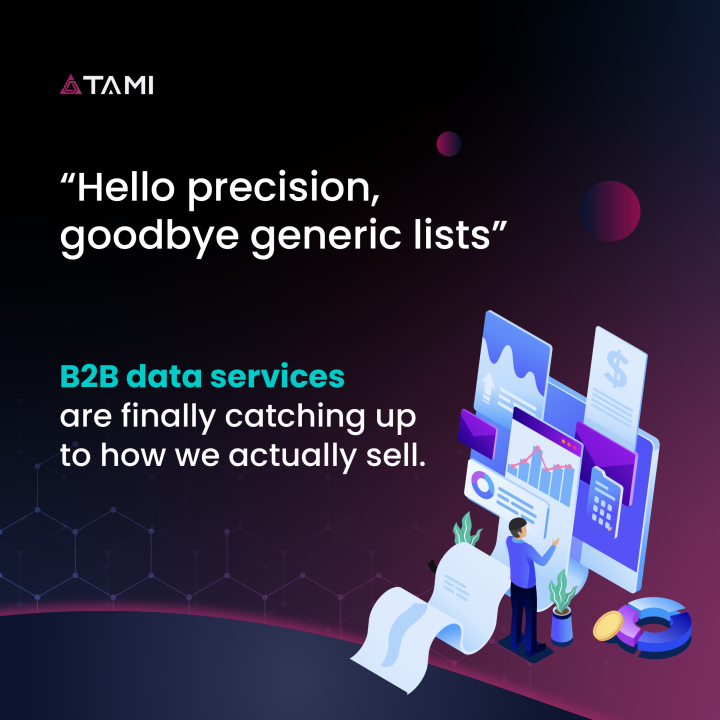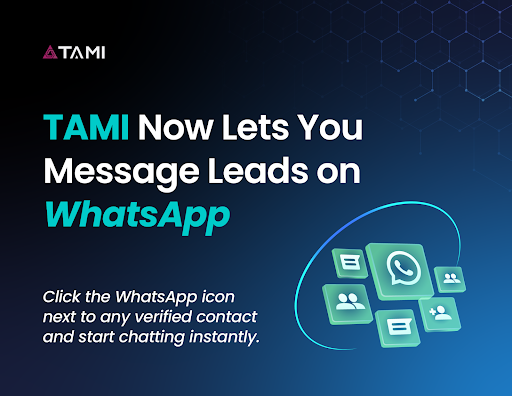
BNPL: The Pros and Cons of Buy Now Pay Later Services
03/05/2023
The Rise of Recurring Revenue Payments in the Subscription Economy: A Comprehensive Overview
11/05/2023TAMI, a market intelligence and sales lead generation platform, has identified over 6.4M eCommerce sites around the world. In the rapidly evolving e-commerce industry valued at over $6.5 trillion by end of this year, it is important to leverage the right cutting edge technology to deliver growth whilst improving customer experiences, and streamlining operations.
As online shopping continues to gain momentum, particularly in emerging markets, technological advancements, logistics infrastructure, and internet penetration will fuel its expansion. The future of e-commerce lies in hands-free interactions, with mobile devices already serving as primary shopping tools for many consumers. However, new technologies are rapidly emerging, enabling businesses to optimise their mobile experiences further.
This article explores the best technologies to use to promote your eCommerce website online. It highlights key areas where marketing technology (Martech) solutions enhance operations, marketing, and customer satisfaction.
Top 10 Technologies for eCommerce websites
Platforms like Shopify, Magento, and WooCommerce empower businesses to establish and manage online stores seamlessly, while mobile commerce (m-commerce) experiences cater to the growing mobile user base. Here are the top 10 companies that eCommerce Retail sites use to host their online stores.
Personalisation and recommendation engines powered by data analytics and AI enhance customer experiences, and omnichannel integration provides a unified shopping journey across various channels.
Efficient logistics and order fulfilment are vital for e-commerce success, and tools such as warehouse management systems (WMS) and last-mile delivery optimisation solutions optimise supply chain processes. AI-powered chatbots and virtual assistants offer real-time customer support and reduce response times, enhancing customer satisfaction.
For Martech service providers in the e-commerce sector, a well-defined go-to-market plan is essential, which involves:
- Identify your target market: Determine the specific segment(s) within the e-commerce sector that you want to focus on. It could be small and medium-sized businesses, enterprise-level companies, or industries such as fashion, electronics, or home goods.
- Understand market needs: Research the challenges and pain points e-commerce businesses face in your target market. Identify the gaps where your Martech solutions can provide value and address their needs, including marketing automation, customer analytics, personalisation, conversion optimisation, or inventory management.
- Define your value proposition: Clearly articulate the unique value your Martech solutions bring to e-commerce businesses. Differentiate yourself from competitors by showcasing your services’ specific features and capabilities. Highlight the benefits, such as increased sales, improved customer experience, enhanced operational efficiency, or cost savings.
- Build a comprehensive solution portfolio: Develop Martech solutions catering to e-commerce businesses’ needs, including customer relationship management (CRM) tools, marketing automation platforms, data analytics and reporting tools, content management systems, and other relevant technologies. Ensure your solutions are scalable, customisable, and aligned with the specific requirements of your target market.
- Develop pricing and packaging: Create pricing models and service packages that are attractive and competitive. Consider revenue, company size, service scope, and value delivered. To accommodate customer needs and budgets, offer flexible pricing options, such as monthly subscriptions or tiered plans.
- Build strategic partnerships: Identify potential partners that can complement your Martech solutions, including e-commerce platform providers, payment gateways, fulfilment and logistics companies, or digital marketing agencies. Collaborate with these partners to offer integrated solutions and tap into their existing customer base.
- Develop a marketing and sales strategy:
- Craft a marketing plan to create awareness and generate demand for your Martech services.
- Leverage digital marketing channels such as content marketing, social media, email campaigns, and search engine optimisation (SEO) to reach your target audience.
- Establish a sales team or utilise a distribution network to engage with prospects, provide demonstrations, and close deals.
- Provide exceptional customer support: Offer reliable and responsive customer support to ensure client satisfaction. Provide technical assistance, training resources, and regular updates to ensure clients can maximise the value of your Martech solution. Positive customer experiences will lead to referrals and recurring business.
- Continuously innovate and evolve:
- Monitor industry trends, technological advancements, and changing customer needs.
- Continually enhance your Martech solutions based on feedback, market insights, and emerging opportunities.
- Engage with your clients to gather feedback and incorporate their suggestions into your product roadmap.
By adopting these strategies and staying abreast of industry trends and customer demands, Martech service providers can drive their businesses forward in the dynamic e-commerce landscape. Remember, consistent evaluation, measurement of key performance indicators, and refining strategies based on market feedback are crucial elements of a successful go-to-market plan.
Unlock the secrets to UK’s booming eCommerce industry! Download our UK eCommerce Market Report 2023 and discover the latest trends, insights and forecasts to help your business succeed. Get your copy now!










